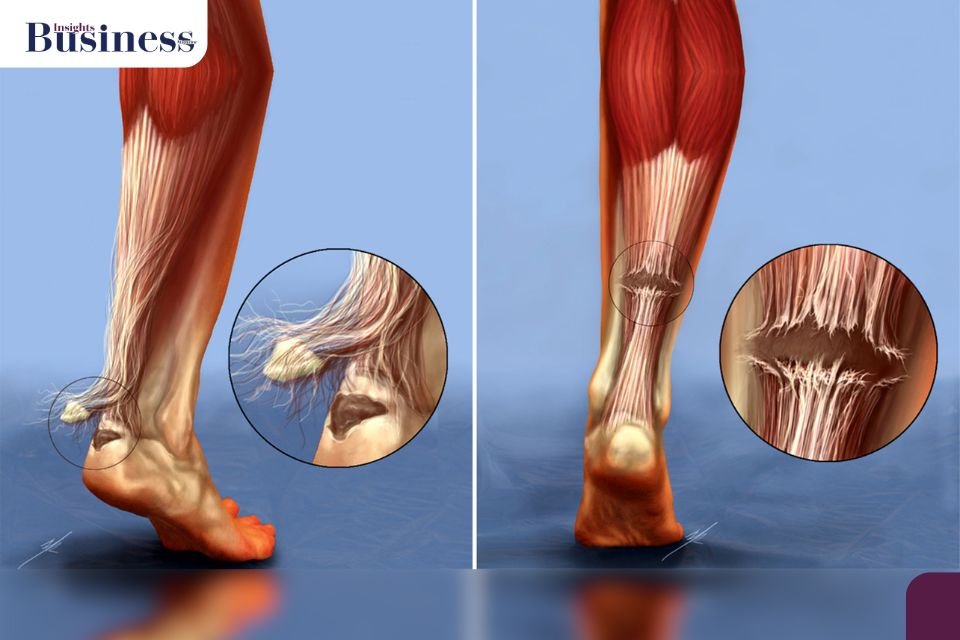The Achilles tendon, also known as the calcaneal tendon, is the strongest and largest tendon in the human body. It connects the calf muscles to the heel bone, enabling essential functions like walking, running, and jumping. Despite its strength, the Achilles tendon is susceptible to injuries such as tendinitis, tears, or ruptures, often resulting from overuse or sudden strain.
Importance of the Achilles Tendon in Physical Activity
This tendon plays a pivotal role in locomotion, absorbing shock and transferring energy with each movement. Athletes and fitness enthusiasts must prioritize its health through proper stretching and strengthening exercises. Maintaining the tendon’s flexibility and strength reduces the risk of injuries and enhances overall performance.
Common Achilles Tendon Disorders
- Achilles Tendinitis: Inflammation caused by repetitive stress.
- Ruptures: Sudden, severe tears often requiring surgical intervention.
- Degenerative Conditions: Chronic damage due to aging or prolonged stress.
Preventative Measures
- Warm-Up Routines: Stretching exercises targeting the calf and ankle.
- Supportive Footwear: Proper shoes that offer adequate heel support.
- Gradual Training: Avoiding abrupt increases in exercise intensity.
Treatment Options
Minor injuries may respond well to rest, ice application, and physical therapy, while severe cases like ruptures may necessitate surgery followed by rehabilitation.

